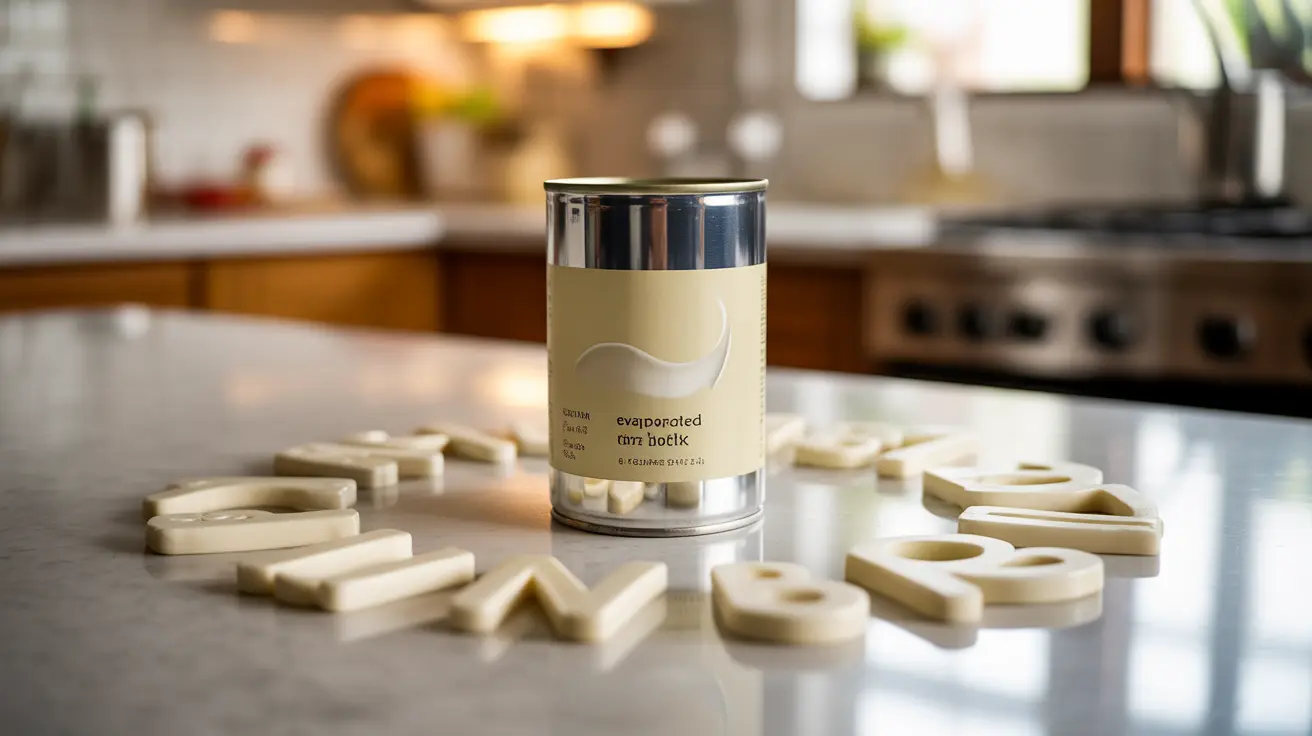As we age, the foods we eat play a crucial role in maintaining our health, appearance, and overall well-being. An anti-aging diet isn't just about looking younger—it's about supporting our body's natural processes to age gracefully and maintain vitality throughout our lives. By incorporating specific nutrient-rich foods into our daily meals, we can help protect against age-related diseases while promoting healthier skin and improved energy levels.
Understanding Anti-Aging Nutrition
The science behind anti-aging nutrition focuses on foods rich in antioxidants, healthy fats, and essential nutrients that combat oxidative stress and inflammation—two major contributors to aging. These foods work together to support cellular health, protect against free radical damage, and maintain vital bodily functions as we get older.
Key Components of an Anti-Aging Diet
Antioxidant-Rich Foods
Antioxidants are powerful compounds that help neutralize harmful free radicals in our bodies. Some of the best sources include:
- Berries (blueberries, strawberries, blackberries)
- Dark leafy greens (spinach, kale, collard greens)
- Colorful vegetables (bell peppers, carrots, sweet potatoes)
- Green tea
- Dark chocolate (70% cocoa or higher)
Healthy Fats for Skin and Brain Health
Essential fatty acids play a vital role in maintaining skin elasticity, brain function, and reducing inflammation. Include these healthy fat sources:
- Extra virgin olive oil
- Avocados
- Fatty fish (salmon, mackerel, sardines)
- Nuts and seeds (walnuts, chia seeds, flaxseeds)
Protein-Rich Foods
Adequate protein intake helps maintain muscle mass and supports skin collagen production. Focus on:
- Lean poultry
- Fish
- Legumes
- Greek yogurt
- Eggs
Building Your Anti-Aging Meal Plan
Creating a balanced anti-aging diet involves combining these nutritious foods into satisfying meals. Start by filling half your plate with colorful vegetables and fruits, quarter with lean proteins, and the remaining quarter with whole grains. Include healthy fats in moderate amounts throughout your daily meals.
Sample Daily Menu
Here's an example of how to structure your meals:
- Breakfast: Greek yogurt with berries, nuts, and a drizzle of honey
- Lunch: Mixed greens salad with grilled salmon and olive oil dressing
- Dinner: Lean chicken breast with roasted vegetables and quinoa
- Snacks: Green tea with nuts or sliced avocado on whole-grain toast
Frequently Asked Questions
What are the best foods to include in an anti-aging diet for healthier skin and reduced disease risk? The best foods include antioxidant-rich berries, leafy greens, fatty fish, nuts, and colorful vegetables. These foods provide essential nutrients that protect skin cells, reduce inflammation, and lower the risk of age-related diseases.
How do antioxidants in foods like olive oil and green tea help slow visible signs of aging? Antioxidants combat free radicals that cause cellular damage and premature aging. They help protect skin cells, reduce inflammation, and support the body's natural repair processes, leading to healthier, more resilient skin.
Can an anti-aging diet improve heart health and reduce inflammation as I get older? Yes, an anti-aging diet rich in omega-3 fatty acids, fiber, and antioxidants can significantly improve heart health by reducing inflammation, lowering blood pressure, and maintaining healthy cholesterol levels.
What role do healthy fats from foods like avocados and fatty fish play in aging well? Healthy fats are essential for maintaining skin elasticity, supporting brain function, and reducing inflammation throughout the body. They also help with the absorption of fat-soluble vitamins crucial for healthy aging.
How can I plan balanced meals using anti-aging foods to support overall vitality and longevity? Plan meals that include a variety of colorful fruits and vegetables, lean proteins, healthy fats, and whole grains. Aim for balanced portions and regular meals throughout the day, focusing on nutrient-dense foods rather than processed options.




